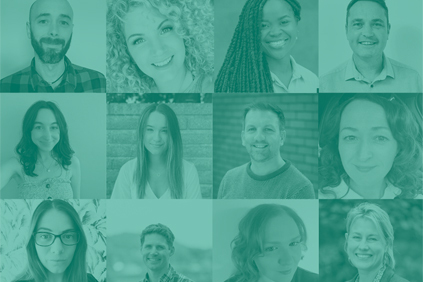Overview
Our findings from our discovery were clear: the system for neurodivergent referrals and support is overwhelmed, inefficient, and it just takes too long.
People told us they need support earlier, not just at the point of diagnosis. Professionals told us they’re doing everything they can but are burning out under the weight of growing demand, inefficient processes, and outdated tools.
The primary recommendation of our discovery was to explore options for a digital information gathering product which would address user and professions needs identified in the discovery.
While we had a front runner already identified, we realised quickly that in order to make good recommendations, and build on the earlier evaluation of digital tools, we needed to map the full-service journey, to understand frontline user needs, and explore where digital approaches could meaningfully support change - and where they can’t.
What we did
We focused on the people delivering care: clinical leads, therapists, administrative staff, and operational managers across four health boards. Through interviews, workshops, and site visits, we built a clearer understanding of what the children’s neurodivergent service feels like from the inside.
We created service maps, traced pain points and innovation already happening, and catalogued the technology currently in use. This allowed us to produce a detailed picture of the end-to-end pathway, from referral and triage to assessment, diagnosis, and post-diagnostic support. We also mapped where technology come into play, and where it creates duplication, delays, or distress.
We spoke directly with suppliers and local authorities piloting new technologies, including digital records, AI scribes, and pathway tracking tools, to understand what’s possible and where the gaps are.
What we found
What we found is a system under significant strain. Dedicated professionals are doing their best within fragmented and overloaded structures. Many services rely on workarounds, handwritten notes, and personal spreadsheets to bridge gaps left by underperforming or poorly integrated digital systems. While digital tools hold promise, their deployment must be thoughtful and user-centred otherwise they risk adding to the burden.
We found that mandated systems are often difficult to use, leading to low adoption and widespread reliance on manual alternatives.
A few themes emerged clearly:
- technology cannot fix a system without first understanding it
- people are stretched thin trying to provide ethical care in a system set up to resist it
- suppliers vary widely in their ability to support meaningful, flexible solutions.
Importantly, the act of mapping the full-service pathway itself proved transformative - exposing hidden challenges, misalignments, and opportunities for more coordinated change.
What next
We will continue to work with partners towards real, live, improvements in neurodivergent services in Wales as we move into our Beta phase of work.
